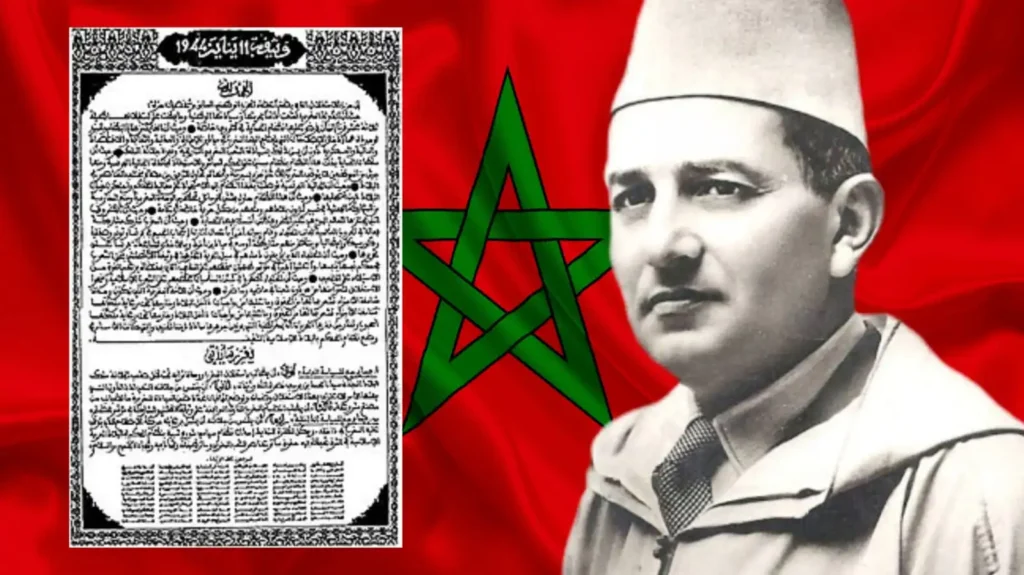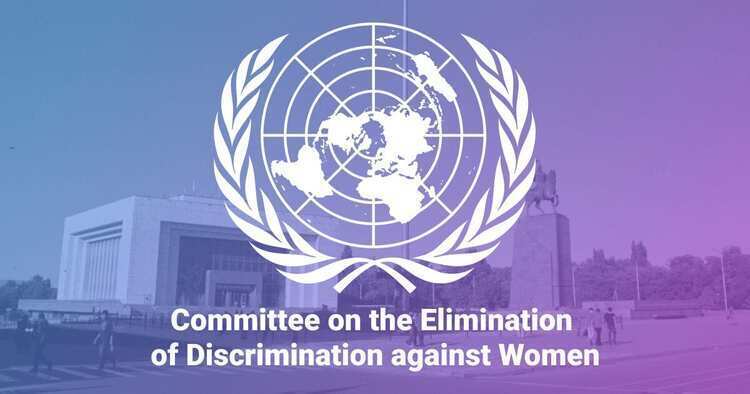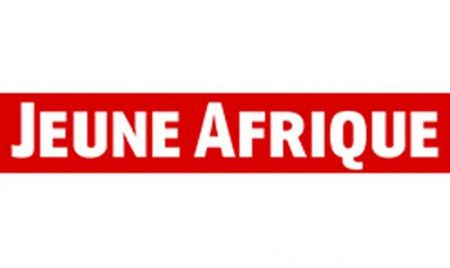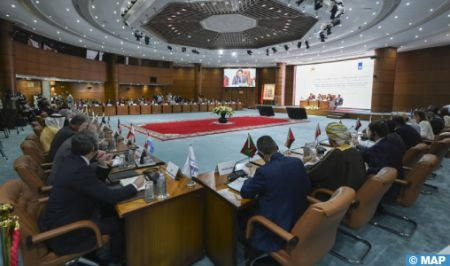As Morocco is celebrating this Saturday the 81st anniversary of the presentation of the Independence Manifesto on January 11, 1944, King Mohammed VI has granted pardon to 1,304 individuals convicted by various courts of the Kingdom, the Ministry of Justice announced in a statement.
The Ministry of Justice, which unveiled the list of the beneficiaries of the royal pardon, said these include inmates who were granted pardon over their remaining jail terms, convicts who had their prison terms reduced, and prisoners who saw their sentences commuted from life imprisonment to fixed jail terms.
Some convicts benefited from pardon over their imprisonment terms but their fines were maintained. Other convicts saw their fines canceled, while others benefited from both a pardon over their prison terms and fines.
The King usually grants free pardon to inmates and convicts on religious and national holidays.
The presentation of the Independence Manifesto was a landmark event in the history of the national struggle for Morocco’s independence and the defense of its sacred values.
Commemorated by the Moroccan people, led by the family of the national movement, the resistance and the army of liberation, this highly symbolic epic page of the kingdom’s history illustrated a perfect symbiosis between the Alaouite throne and the Moroccan people, in favor of the liberation of the country from the colonialist grip and the preservation of national dignity.
The Moroccan people stood together against the colonialist regime, which divided the country into zones of trusteeship under the French protectorate (central Morocco) and the Spanish protectorate (north and south of the Kingdom). Tangier was considered an international zone, making the mission of liberating the national territory all the more difficult.
Alongside military actions, the history of the national fight for independence is punctuated by decisive moments, such as the uprising against the “Berber Dahir” of 1930. Guided by instructions from Sultan Mohammed V, the Moroccan Action Committee, the bud of the national movement, presented a reform plan to the French government in 1934 and 1936.
The late Sovereign seized the opportunity of the Anfa Conference in January 1943 to put the question of Moroccan independence on the agenda, highlighting the effective participation of Moroccan soldiers alongside the Allies, as well as their feat, which drew admiration wherever they fought.
The ambition formulated by Sultan Mohammed V at this conference won the support of the United States of America, expressed by President Franklin Roosevelt in support of the Moroccan people’s legitimate aspiration to independence.
The signing of the Independence Manifesto by sixty-seven leading resistance figures and its delivery to the colonial authorities constituted an explicit demand for Moroccan independence under the reign of Mohammed Ben Youssef.
This major event awakened a sense of resistance among the Moroccan people, all the more so as the late Mohammed V had taken the opportunity of his historic visit to Tangier in 1947 to reiterate the same demands contained in the Manifesto, refusing to bend to the will of the colonial authorities who would eventually force the Sovereign into exile. Resistance was all the stronger after this move, paving the way for the return of the Father of the Nation and the proclamation of the Kingdom’s independence in 1956.
The commemoration of this epic event symbolizes the attachment of Moroccans to their history of liberation, the synergy between the people and the monarchy, and is a recognition of the tremendous sacrifices in order to deal a crushing blow to the policy of occupation, with the ultimate aim of regaining independence.



